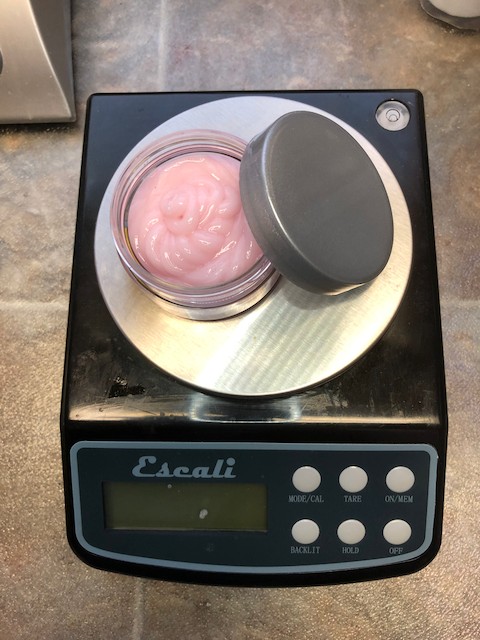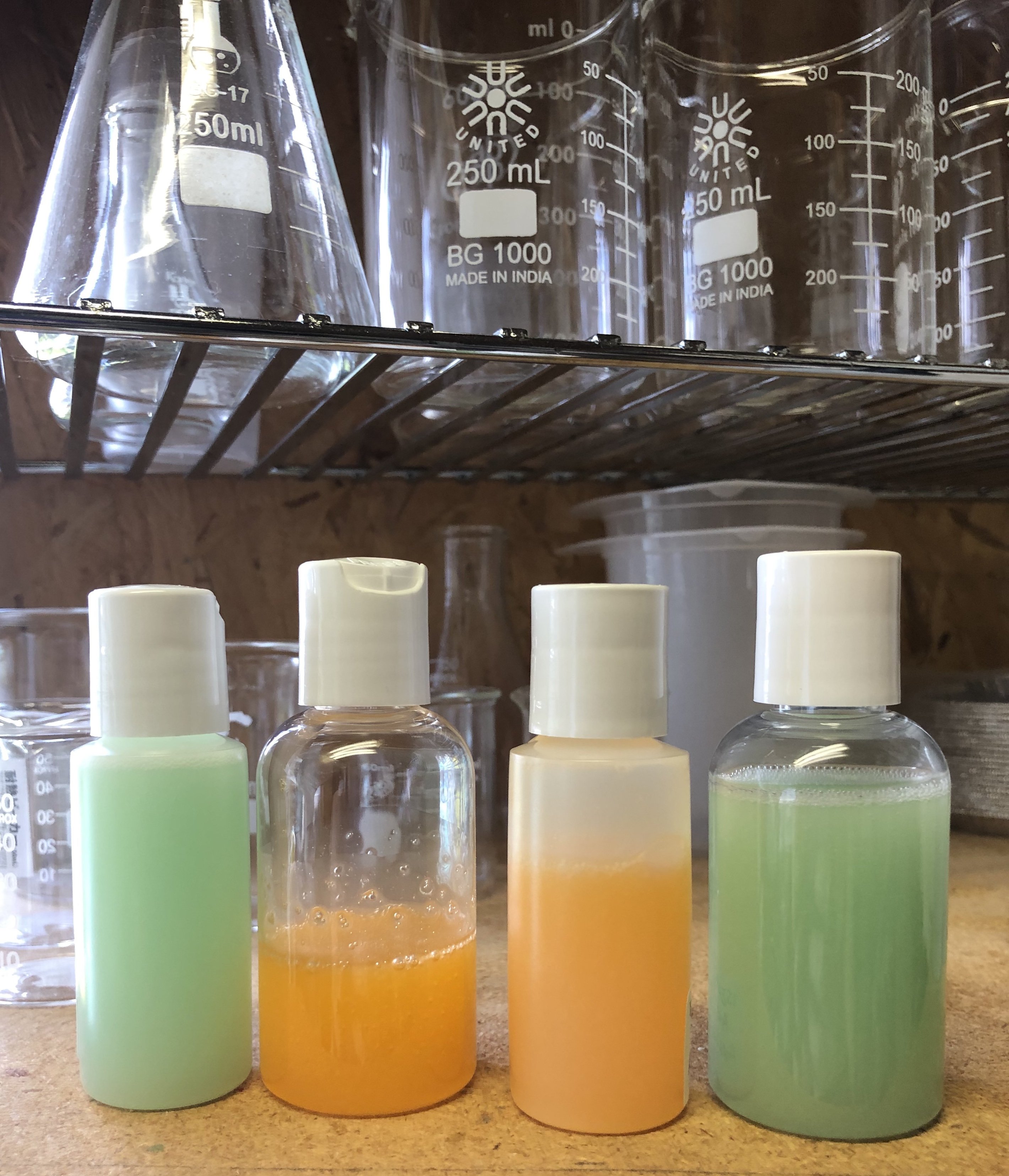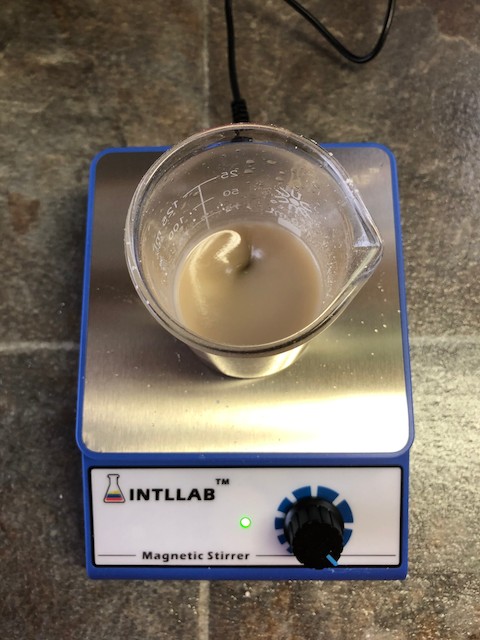$5 subscribers and up: Q&A post for May 2019
What are you interested in this month? What questions have been driving you to distraction? What ingredients did you buy and you’re not really sure why? Any and all questions about equipment, formulas, ingredients, techniques, tips, and tricks are welcomed here! Remember, the only “stupid” question is one you don’t ask!...





